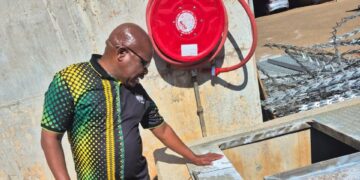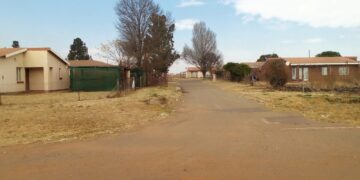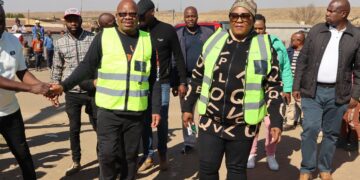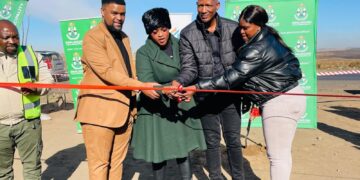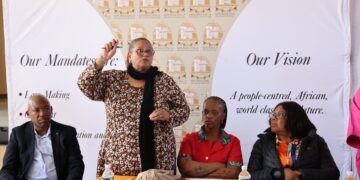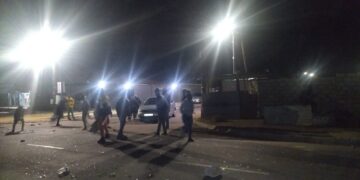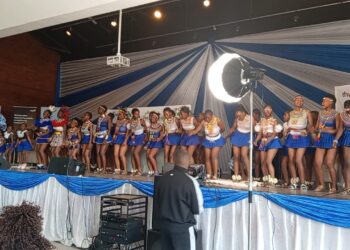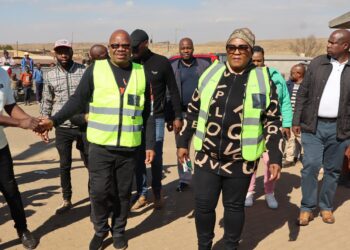NKANGALA- Thungela Resources’ innovative approach to land rehabilitation following coal mining has been hailed as a pioneering model during a high-level workshop hosted at its Kromdraai site. The event was organised by the United Nations University (UNU-FLORES) in partnership with the G20 Global Land Initiative (G20 GLI) and the Land Rehabilitation Society of Southern Africa (LaRSSA), and focused on Post-Mining Landscape Restoration.
The G20 GLI is a global effort led by the United Nations Convention to Combat Desertification (UNCCD), aimed at achieving land degradation neutrality by 2040 across all G20 member states. It brings together policymakers, researchers, and industry leaders to promote sustainable land use and rehabilitate degraded land. LaRSSA, on the other hand, is a professional network that connects land rehabilitation practitioners across southern Africa to exchange knowledge and best practices in land restoration.
Speaking at the event, Thungela’s Chief Operating Officer, Johan van Schalkwyk, emphasised the company’s long-term commitment to responsible mine closure. “The closure of a mine is not the end of our journey; it’s the beginning of our commitment to create landscapes that are safe, stable, and capable of sustaining future generations,” he said. “At Thungela, we see mine closure as a powerful opportunity to drive positive environmental renewal.”
Delegates from the United Nations, G20 nations, African and South African government departments, academia, and the mining industry attended the workshop. They were given a first-hand view of Thungela’s post-mining restoration strategies, which prioritise biodiversity conservation, water system recovery, and sustainable land use.
Key initiatives highlighted during the site visit included:
Rebuilding natural ecosystems by reintroducing indigenous vegetation and enhancing soil quality to support long-term biodiversity.
Improving water systems, notably through the R380 million Kromdraai Water Management Project, aimed at restoring wetlands and delivering cleaner water to surrounding communities.
Repurposing land for economic benefit, including agriculture and community-led projects to ensure rehabilitated areas continue to provide value.
Implementing advanced rehabilitation techniques such as drone monitoring, data-driven soil recovery, and strategic land-use planning.
Thungela has also introduced the Dongalock™ system, an innovative passive water treatment solution that supports ecosystem restoration, and the One Million Trees Project, which focuses on large-scale reforestation of rehabilitated sites with indigenous flora.
“Our approach to mine closure is grounded in a deep commitment to responsible environmental stewardship,” van Schalkwyk added. “We continue to push the boundaries of what is possible in post-mining landscape restoration, ensuring our practices align with global standards and contribute meaningfully to ecosystem recovery and community resilience.”
Dr Alexey Alekseenko from the United Nations University praised Thungela for its leadership in the sector. “Thungela stood out for its exceptional professionalism in coal mining and land management, which made it an ideal case study to learn best practices in post-mining restoration,” he said.
The workshop not only placed Thungela’s practices in the international spotlight but also reinforced the critical role of post-mining land rehabilitation in sustainable development and climate resilience. With its integrated strategies and continued collaboration with global and local stakeholders, Thungela is setting a benchmark for the future of environmentally responsible mining in South Africa and beyond.



